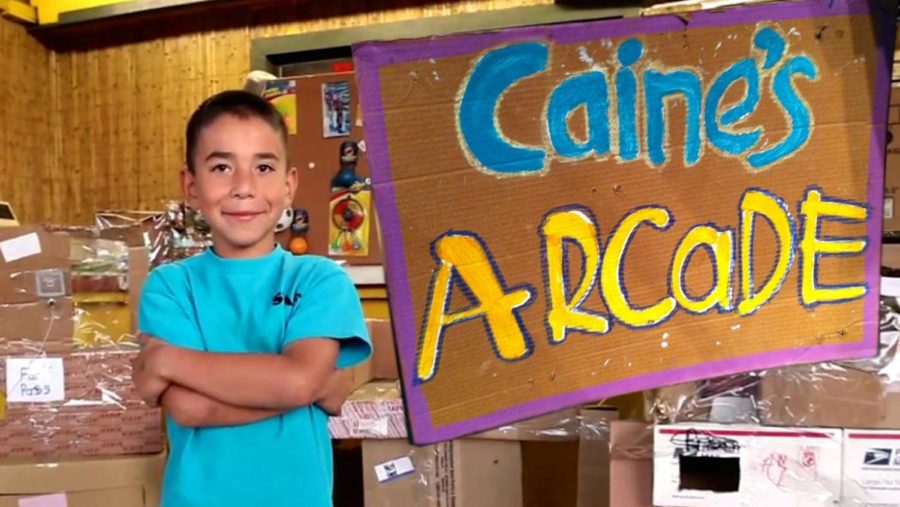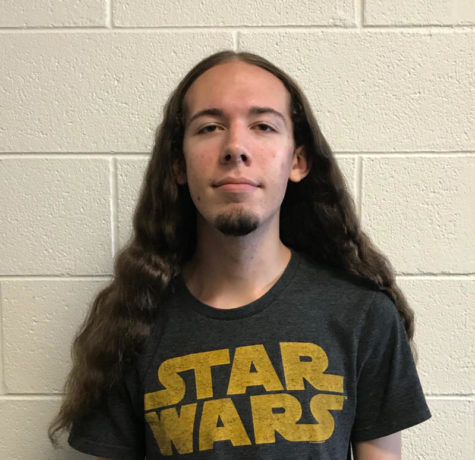Angela Pera’s Genius Hour: Unleashing Creativity in the Everyday Classroom
March 9, 2018
In her senior-level English CCB class for this spring semester, Angela Pera is trying out a different kind of interest and inquiry-based project for her students– one inspired by a 9-year-old’s cardboard arcade.
Genius Hour is a national movement within the teaching community inspired by Google and 3M’s philosophy of giving their employees 20% of their work week to work on projects of their choice that they think could potentially benefit the company. Gmail and Post-It Notes were invented in this way, showing that this system not only boosts workers’ morale, but also their productivity. By applying this method to education, the idea is that it will allow enough time for traditional instruction while making learning more fun and developing students’ interests as well.
Genius Hour projects are not just reports or visual representations of research, they are demonstrative of students’ passions, while at the same time being functional in some manner. This is due to the inquiry-based nature of the project; students start out with a question, and their project must find an answer. According to Pera, the hardest part of all of this was collecting the dozens of cardboard boxes and finding a place to put them in her classroom. One could describe her room as cluttered compared to last semester, but her other classes seem to be unaffected by this change. Jake Morley, a student in her class, said, “I think it’s fun and a nice break from normal English assignments.”
Held every Monday, Genius Hour is a refreshing break from conventional instruction, allowing otherwise over-stressed students to explore their passions while fostering more interest in learning as a whole.
Some have compared Genius Hour to the types of projects done in the Gifted and Talented, or GT, program as both are passion and inquiry based, and to an extent they are correct to do so. However, the major difference between Genius Hour and the Autonomous Learner Model used in GT is that Genius Hour requires the projects to be functional, whereas projects in GT can take just about any form– functional or otherwise. Obviously that kind of instruction is no small feat to fully incorporate into a traditional classroom, but Genius Hour could be the desired middleground for core classes to allow students more freedom– and therefore more interest– in their learning.
The projects are scheduled to be due March 12, and as this is the first time Pera has attempted to integrate this type of curriculum into her class; the results of it will determine if it will continue to be a part of the curriculum for future CCB students.


